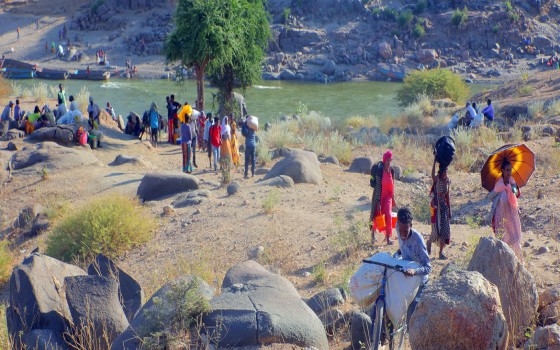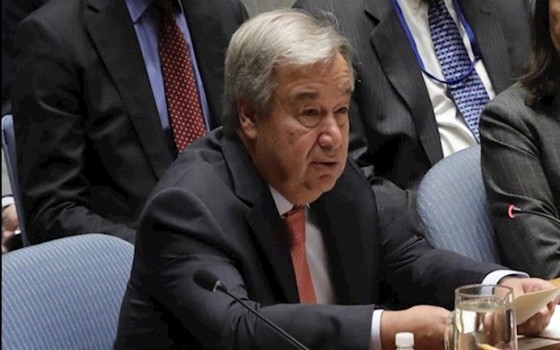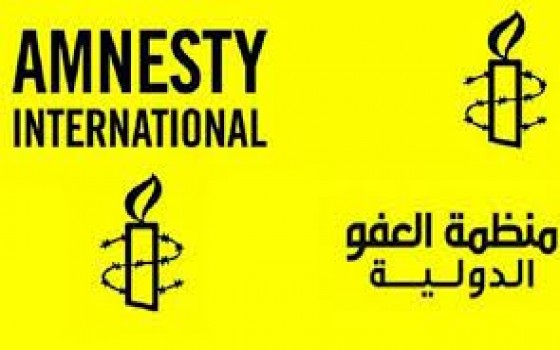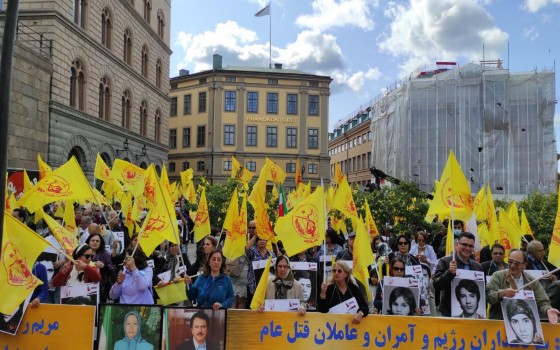
UNICEF warns of a disaster facing African children due to malnutrition and severe drought

- Europe and Arabs
- Tuesday , 23 August 2022 14:41 PM GMT
The United Nations Children's Fund (UNICEF) has warned that children in the Horn of Africa and the Sahel could die in large numbers unless urgent support is provided, due to severe malnutrition and waterborne diseases. According to the United Nations Information Center, UNICEF Executive Director Catherine Russell issued a statement, coinciding with World Water Week, in which she said: “History shows that when high levels of severe acute malnutrition in children are accompanied by outbreaks of deadly diseases such as cholera or diarrhea, deaths Children are rising dramatically and tragically, when water is either unavailable or unsafe, the risks to children multiply exponentially.” Within five months, the number of drought-affected people in Ethiopia, Kenya and Somalia without access to safe water rose by 70% to a total of 16.2 million people (between February and July), putting children and their families at risk of diseases such as Cholera and diarrhea, increasingly. UNICEF emphasized that drought, conflict and insecurity - in Burkina Faso, Chad, Mali, Niger and Nigeria - are leading to water insecurity, with 40 million children facing high to very high levels of water vulnerability (vulnerability to water is associated with risks of physical water scarcity - primary water stress; Seasonal and seasonal fluctuations; low groundwater, drought - and water service level). According to the latest WHO data, more children are already dying from unsafe water and sanitation in the Sahel region than in any other part of the world, with most people in the Horn of Africa dependent on water provided by vendors on trucks or buggies. Many families can no longer afford water in the areas most affected by drought. The World Health Organization stated that in Kenya, 23 districts witnessed significant increases in water prices, led by Mandera by 400 percent, and Garissa by 260 percent compared to January 2021. In Ethiopia, the cost of water doubled in the Oromia region, during the month of June of this year , and increased by 50 percent in the Somali region compared to the beginning of the drought in October 2021. In Somalia, average water prices increased by 85 percent in South Mudug, and by 55 and 75 percent, respectively in Burhakaba and Sel Perde, compared to prices in January 2022
source:agencies












No Comments Found